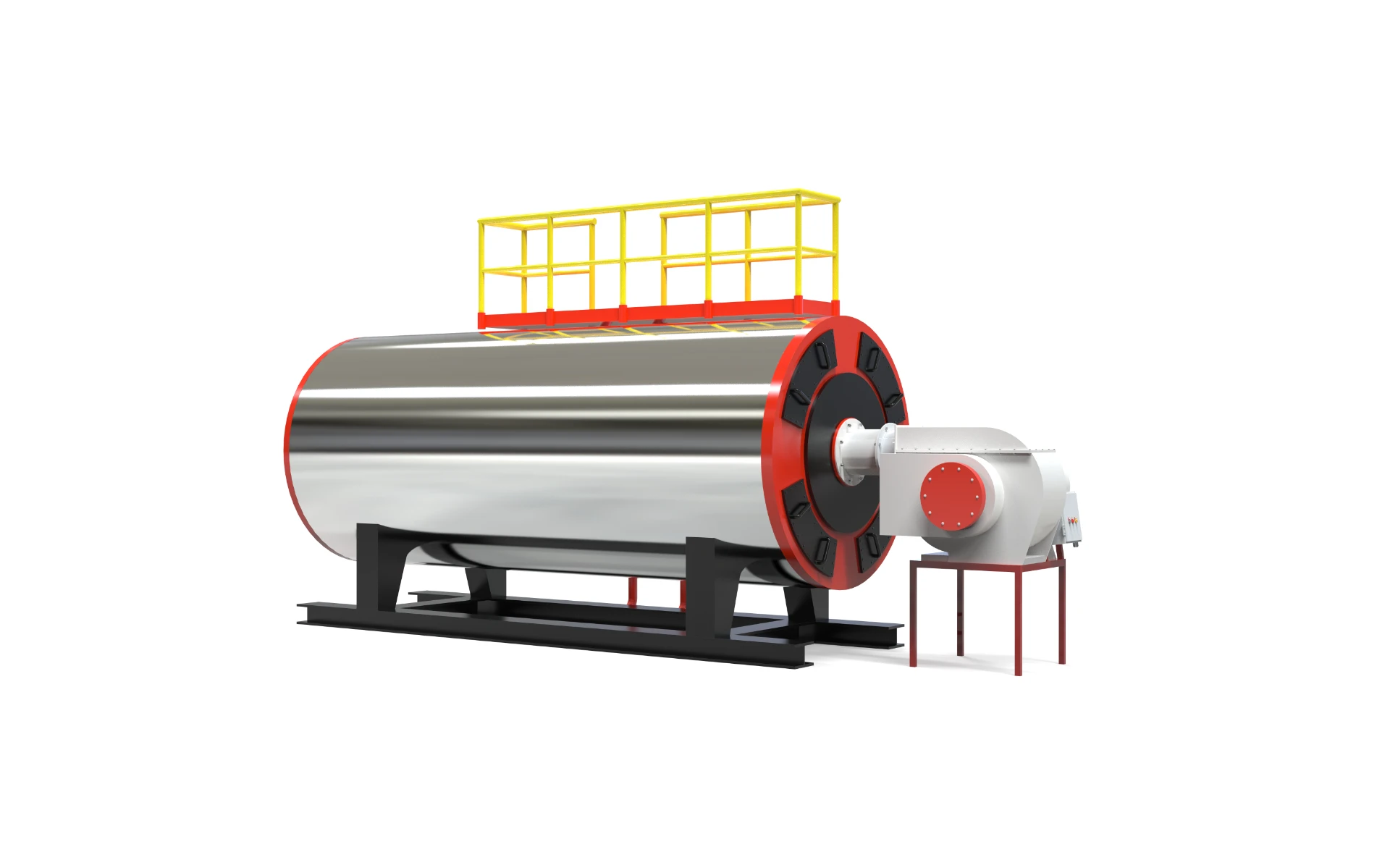
Kas . 17, 2024 21:15 Back to list
steam boiler function
The Function of a Steam Boiler An Essential Component in Industrial Processes
Steam boilers are critical devices in a wide variety of industries, serving as a primary source of steam for heating, power generation, or even as a driver for various processes. Understanding the function of a steam boiler is essential for engineers, operators, and anyone involved in industrial applications. This article will explore how steam boilers work, their various applications, and the importance of their operational efficiency.
How Steam Boilers Operate
At its core, a steam boiler is a closed vessel that converts water into steam through the application of heat. The fundamental principle behind this process is quite simple when water is heated to its boiling point of 100 degrees Celsius (212 degrees Fahrenheit), it begins to evaporate, creating steam. The challenge lies not just in generating steam, but in doing so efficiently and safely.
There are several types of steam boilers, including fire-tube, water-tube, electric, and composite boilers. Fire-tube boilers are among the most common and operate by having hot gases from combustion pass through tubes that are surrounded by water. In contrast, water-tube boilers have water contained in tubes with hot gases surrounding them. Each type has its own advantages and disadvantages concerning efficiency, capacity, and application.
Key components of a steam boiler include the burner, combustion chamber, heat exchanger, steam drum, and safety valves. The burner ignites fuel, which can be natural gas, oil, or biomass, generating the necessary heat. The combustion chamber is where the fuel combustion occurs, and the heat exchanger transfers heat from the combustion gases to the water. The steam drum collects the generated steam and also serves as a separator to remove moisture from the steam before it is delivered for use.
Applications of Steam Boilers
The applications of steam boilers are extensive and vary significantly across different industries
1. Power Generation Electricity generation in thermal power plants relies heavily on steam boilers. The steam produced drives turbines connected to generators, converting thermal energy into electrical energy.
2. Food and Beverage Industry In this sector, steam is vital for cooking, sterilization, and cleaning processes. Steam boilers provide consistent and safe heat, ensuring food safety and quality.
steam boiler function

3. Chemical Manufacturing Many chemical processes require precise temperature controls and steam is essential for various reactions and product formulations.
4. Textile Industry Steam plays a significant role in the production of fabrics. Processes such as dyeing and finishing heavily depend on the reliable supply of steam.
5. Pharmaceuticals Steam is used for sterilization in the pharmaceutical industry, ensuring products meet strict health standards.
6. Heating in Buildings Steam boilers are also utilized in large residential or commercial buildings for space heating and hot water supply.
The Importance of Efficiency and Safety
Efficiency in steam boilers is not just a matter of operational cost but is also critical for environmental considerations. Enhancing boiler efficiency translates to less fuel consumption and reduced emissions of greenhouse gases. Regular maintenance and monitoring can significantly improve a steam boiler's performance and prolong its lifespan.
Safety is paramount when dealing with steam boilers due to the high temperatures and pressures involved. Regulations and standards are in place to ensure the safe operation of boilers. Safety valves, blow-off valves, and pressure gauges are essential for monitoring and controlling steam pressure to prevent catastrophic failures.
Conclusion
In summary, steam boilers serve as indispensable machines in various sectors by converting water into steam for multiple applications. Understanding their function, operational mechanisms, and maintenance is crucial for anyone involved in industries reliant on steam. By embracing efficiency and prioritizing safety, industries can maximize the potential of steam boilers to enhance productivity and reduce their environmental footprint. As technology continues to evolve, the role of steam boilers will likely adapt, paving the way for innovations that further improve their efficiency and effectiveness in the coming years.
-
Oil Fired Hot Water Boilers Sale - High Efficiency & Affordable
NewsJul.31,2025
-
High-Efficiency Commercial Oil Fired Steam Boiler for Industry
NewsJul.30,2025
-
High-Efficiency Biomass Fired Thermal Oil Boiler Solutions
NewsJul.30,2025
-
High Efficiency Gas Fired Thermal Oil Boiler for Industrial Heating
NewsJul.29,2025
-
High-Efficiency Gas Fired Hot Water Boiler for Sale – Reliable & Affordable
NewsJul.29,2025
-
High Efficiency Biomass Fired Hot Water Boiler for Industrial and Commercial Use
NewsJul.29,2025
Related PRODUCTS






















